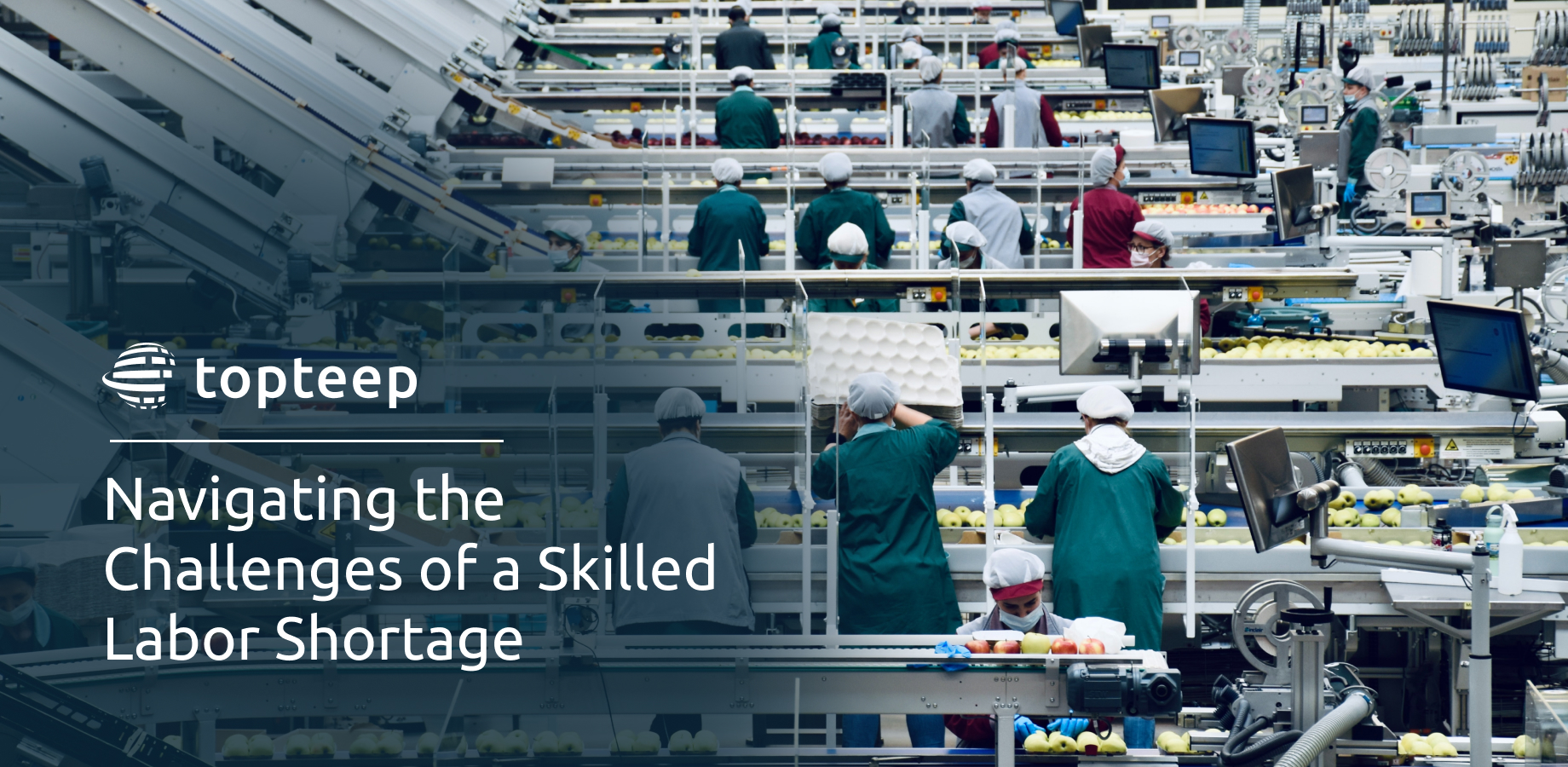The manufacturing industry is facing a pressing challenge: a shortage of qualified and skilled labor for positions in the manufacturing process. This shortage is affecting the speed and efficiency of work. The complexity of job positions and the capacity of employees to absorb new systems and the way the work is done in company is one of the main reasons for busienss slowdowns.
The problem is exacerbated by the rapidly advancing technology in the manufacturing sector, which is making processes more complex and requiring a higher level of skill and expertise. This creates a gap between the demand for skilled labor and the available supply, making it difficult for manufacturing companies to find the right people for the job.
The consequences of this shortage are far-reaching, including increased costs, longer lead times, and decreased competitiveness in the global market. It is becoming increasingly clear that traditional approaches to staffing and training are no longer efficient to meet the needs of the industry.
However, there is hope on the horizon. The adoption of smart manufacturing solutions has the potential to bridge the gap between the demand for skilled labor and the available supply. These solutions can automate many of the tasks that were previously performed by skilled workers, reducing the need for specialized trainings and freeing up valuable time for employees to focus on more critical tasks.
If employees have freed up time from the implementation of smart factory solutions, there are a number of ways that they could invest their time to increase the efficiency of the manufacturing process and create value for the company:
- Process improvement: Employees could use their newly freed-up time to identify areas of the manufacturing process that can be improved and develop strategies to streamline operations and increase efficiency;
- Employee training and development: The extra time could be used to provide employees with additional training and development opportunities to enhance their skills and knowledge, which can lead to better performance and increased efficiency in the manufacturing process;
- Innovation: Employees could use their extra time to focus on developing new ideas and innovations that could drive improvements in the manufacturing process and help the company stay ahead of the competition;
- Maintenance and repair: With the extra time, employees could proactively perform preventative maintenance and repairs on equipment and machinery, reducing downtime and increasing overall efficiency;
- Collaboration: Employees could use their extra time to collaborate with colleagues and cross-functional teams to identify areas of the manufacturing process that can be optimized, share best practices, and work together to drive improvements.
These are just a few examples of how employees could invest their newly freed-up time to increase the efficiency of the manufacturing process and create value for the company. By focusing on these areas, companies can ensure that their employees are working to their fullest potential and driving improvements that will benefit the organization as a whole.
Smart manufacturing solutions can help companies to optimize their processes, increasing efficiency and reducing the need for manual labor. This not only reduces the burden on employees but also helps to increase the speed of work, making it easier for manufacturing companies to meet the demands of the market.
In conclusion, the shortage of qualified and skilled labor for manufacturing processes is a major challenge for the industry. However, by adopting smart manufacturing solutions, companies can overcome this challenge and thrive in the face of increasing competition. These solutions have the potential to bridge the gap between the demand for skilled labor and the available supply, helping companies to optimize their processes and increase the efficiency of their operations. So, if you’re looking to overcome the challenges of a skilled labor shortage in the manufacturing industry, consider investing in smart manufacturing solutions today.

